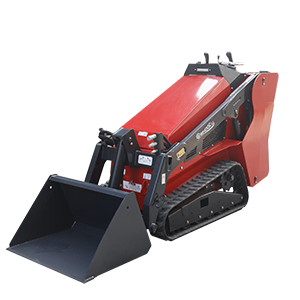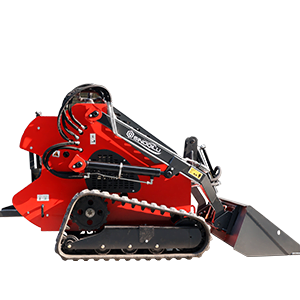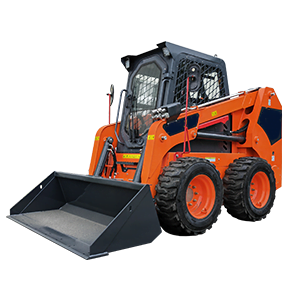Email: [email protected] Whatsapp: 8618266768780
Choosing the Best Mini Skid Steer Loader for Your Needs
Welcome to My Blog!
Before we dive into the content, I’d love for you to join me on my social media platforms where I share more insights, engage with the community, and post updates. Here’s how you can connect with me:
Facebook: https://www.facebook.com/profile.php?id=100072217509763
LinkedIn: https://www.linkedin.com/company/74949059/admin/dashboard/
YouTube:www.youtube.com/@tractormanufacturer-lc5qz,www.youtube.com/@excavatormanufacturers-sn9hk
TikTok: www.tiktok.com/@tractormanufacturer, www.tiktok.com/@excavatormanufacturers
Now, let’s get started on our journey together. I hope you find the content here insightful, engaging, and valuable.
Introduction
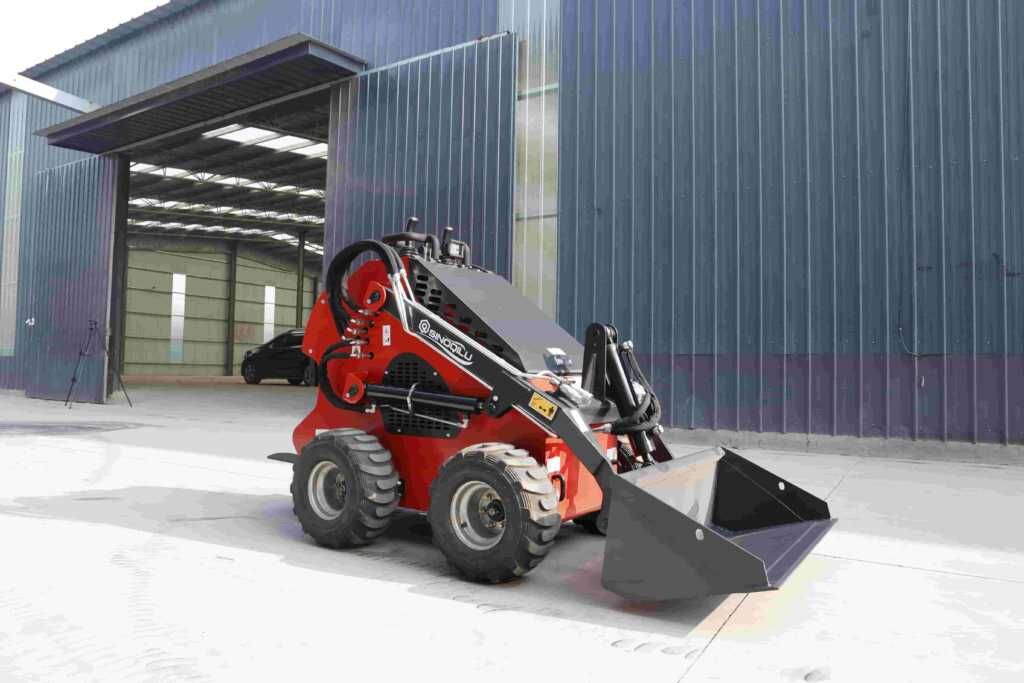
In the world of construction, landscaping, and agriculture, having the right equipment can significantly impact productivity and efficiency. Among the most versatile machines available, the best mini skid steer loader stands out as a reliable choice for various tasks. This comprehensive guide will help you navigate the features, benefits, and considerations to keep in mind when selecting the best mini skid steer loader for your specific needs.
What is a Mini Skid Steer Loader?
Definition and Uses
A mini skid steer loader is a compact, maneuverable piece of heavy equipment designed for various tasks, including digging, grading, and transporting materials. Their smaller size allows them to operate effectively in confined spaces where larger machines cannot fit.
Common Applications
Mini skid steer loaders are commonly used in:
- Landscaping: For tasks such as soil preparation, grading, and debris removal.
- Construction: Ideal for small to medium-sized projects requiring material handling.
- Agriculture: Useful for moving feed, tilling soil, and other farm-related tasks.
Key Features to Consider in the Best Mini Skid Steer Loader
Size and Weight
When choosing the best mini skid steer loader, consider the machine’s size and weight. Mini models typically weigh between 1,500 to 3,000 pounds and have a width of 36 to 54 inches. Ensure that the machine can fit through your job site’s access points while providing sufficient power for the tasks at hand.
Engine Power and Performance
The engine power of a mini skid steer loader is measured in horsepower (HP). Look for models that offer adequate horsepower to meet your operational requirements. A machine with 25 to 50 HP is generally suitable for most tasks.
Attachments and Versatility
The versatility of a mini skid steer loader largely depends on the attachments available. Common attachments include:
- Buckets
- Forks
- Grapples
- Augers
Choosing a model that accommodates a variety of attachments can enhance your machine’s functionality and allow you to tackle different jobs efficiently.
Operating Controls
User-friendly controls are essential for effective operation. Look for mini skid steer loaders that offer ergonomic designs, easy-to-use controls, and responsive steering. Some models even feature advanced technology, such as joystick controls or hydraulic systems, for better precision.
Manufacturer Reputation
The reputation of the manufacturer plays a significant role in determining the quality and reliability of the equipment. Companies like Qilu Machinery are known for producing durable and high-performance mini skid steer loaders, making them a strong choice for your investment.
Comparing the Best Mini Skid Steer Loaders
| Model | Engine Power (HP) | Operating Weight (lbs) | Width (inches) | Max Lift Capacity (lbs) |
|---|---|---|---|---|
| Qilu Mini Skid Steer | 50 | 3,500 | 54 | 2,500 |
This table compares several models of mini skid steer loaders, highlighting their engine power, weight, width, maximum lift capacity, and price range. Evaluating these specifications can help you make an informed choice.
How to Choose the Best Mini Skid Steer Loader
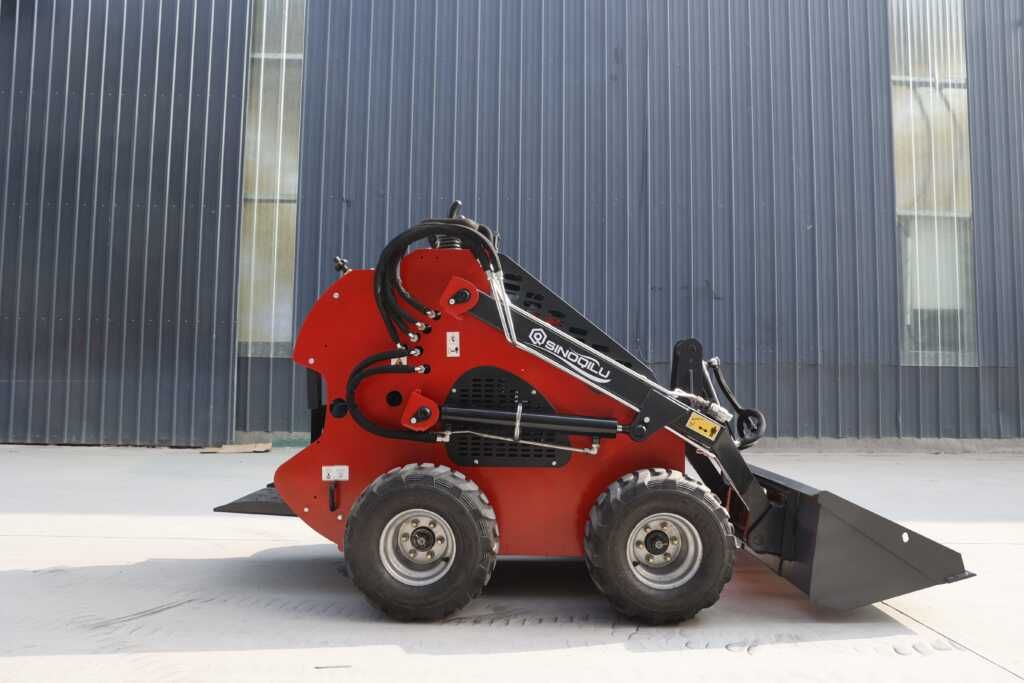
Assess Your Needs
Start by evaluating the specific tasks you intend to perform with the mini skid steer loader. Consider factors like:
- The types of materials you’ll be handling
- The size of the work area
- The weight capacity required
Budget Considerations
Determine your budget for purchasing a mini skid steer loader. Keep in mind that while a higher initial investment may seem daunting, it can lead to better performance and longevity, ultimately saving you money in the long run.
Test Drive Before Purchase
Whenever possible, take the mini skid steer loader for a test drive. This allows you to assess its performance, controls, and comfort level. If you’re purchasing from a dealer, ask for a demonstration to see how the machine operates in real-time.
Warranty and Service Options
Look for manufacturers that offer robust warranties and reliable service options. A good warranty will protect your investment and provide peace of mind regarding any potential issues.
Conclusion
Choosing the best mini skid steer loader is a crucial decision that can greatly influence your productivity and efficiency on the job site. By understanding the various features, evaluating your specific needs, and considering reputable manufacturers like Qilu Machinery, you can make an informed choice that meets your operational requirements. Investing in the right mini skid steer loader will enhance your capabilities, allowing you to tackle a wider range of projects with ease.
FAQ
What is the average cost of a mini skid steer loader?
The cost of a mini skid steer loader typically ranges from $25,000 to $45,000, depending on the model, features, and manufacturer.
How much weight can a mini skid steer loader lift?
The lifting capacity varies by model but typically ranges from 1,000 to 2,500 pounds for most mini skid steer loaders.
Can I use a mini skid steer loader for snow removal?
Yes, mini skid steer loaders can be equipped with snow plow attachments, making them suitable for snow removal tasks.
What maintenance is required for mini skid steer loaders?
Regular maintenance includes checking and changing oil, inspecting hydraulic fluid levels, greasing joints, and ensuring that all attachments are secure and functional.
Are mini skid steer loaders easy to operate?
Most modern mini skid steer loaders are designed with user-friendly controls and ergonomic designs, making them accessible for operators with varying skill levels.
About Us
Shandong Qilu Industrial Co., Ltd. is a professional manufacturer and exporter integrating the development and production of excavators, loaders and tractors. We provide the best service, absolutely.
Recent Posts
Video demo
-1.png)
Contact Us Today!
Any question, quote or inquiry? Click the button to send message.
Qilu Industrial will always here to help.

